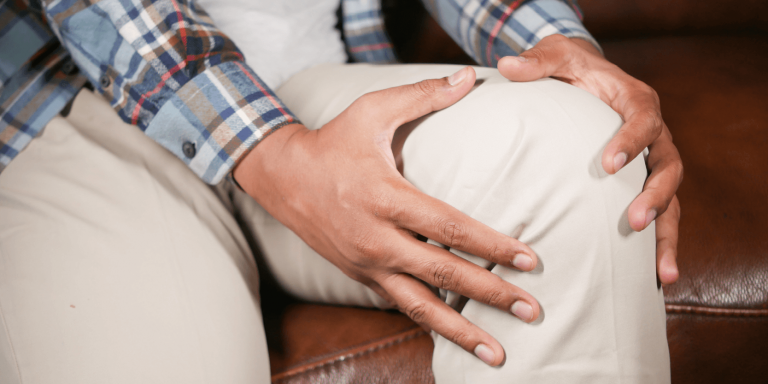
Last May, the project ” Development of a functional score to guide the diagnosis and therapeutic recommendation of knee pathologies” was among the winners of the call for projects “For innovations of the future” from Axelys, a Quebec non-profit organization. The project’s scientific team included professors Khadidja Henni and Neila Mezghani of the Science and Technology Department of Université TÉLUQ, who are also researchers at the Chum’s research center, and Nicola Hagemeister of the École de technologie supérieure (ÉTS), who is also a researcher at the CHUM, with whom the Quebec company EMOVI was associated.
Osteoarthritis of the knee, or gonarthrosis, is a wear and tear and destruction of articular cartilage in various areas of the knee joint. This chronic disease, often linked to aging, affects women more often than men. It can also be due to overweight, repeated mini-traumas during professional or sports activities, or to genetic causes.
Neila Mezghani and Nicola Hagemeister have jointly conducted various studies and are currently working in the project team ” Automatic classification of knee kinematic data and its application to the diagnosis of pathologies”.
The aim is to develop an automatic classification system for kinematic data, to apply it to the implementation of a new technology for knee pathology diagnosis and to integrate it into the KneeKG knee motion analysis system.
Kneeography
Genougraphy, an evaluation of knee movement, allows us to understand the origin of the pain felt by the patient and to create a personalized exercise program based on the observed deficits.
It is performed using the KneeKG system, a portable medical device, approved by the FDA, authorized by Health Canada and CE marked, which quickly provides accurate, reliable and real-time data quantifying the movement of the knee joint. This tool, developed by Nicola Hagemeister at the Imaging and Orthopaedic Research Laboratory (IOL) of the École de technologie supérieure (ÉTS), is the result of a 20-year collaboration between the ÉTS, the Centre de recherche du Centre hospitalier de l’Université de Montréal (CHUM) and Université TÉLUQ.
The KneeKG system consists of three components: an exoskeleton with motion sensors, a surgical grade NDI camera and a computer.
A harness is attached to the patient’s leg, and the reflections from the motion sensors are then recorded by the infrared camera, which transmits the information to the computer. The KneeKG system’s algorithms then automatically analyze the data and extract mechanical biomarkers known to be related to the progression of specific pathologies and symptoms associated with a knee injury.
Marketed by Emovi, it is distributed in France, Germany, Italy, Poland, Spain and the UK by Macopharma.
The project “Development of a functional score to guide diagnosis and aid in the therapeutic recommendation of knee pathologies
This innovative project involving Neila Mezghani, Khadidja Henni, Nicola Hagemeister and Emovi, relies on the expertise of Neila Mezghani who holds the Canada Chair in Biomedical Data Analysis. She is interested in data analysis and classification in biomedical engineering and in the development of tools based on AI methods for the development of decision support systems.
The AI-assisted knee assessment tools that the project team is working on will enable faster and more accurate diagnoses for people with knee osteoarthritis. The team wants to develop numerical measures (functional score) associated with different knee pathologies that would serve as benchmarks for the clinician. This score would also make it possible to classify the risk of progression of the disease more precisely and thus prioritize the follow-up to be carried out.
A grant of $471,901 was awarded to the scientific team. Most of this funding came from the Ministère de l’Économie et de l’Innovation du Québec (80%) and private partners (20%).
Translated from IA et santé : comment l’intelligence artificielle aide à lutter contre l’arthrose du genou









